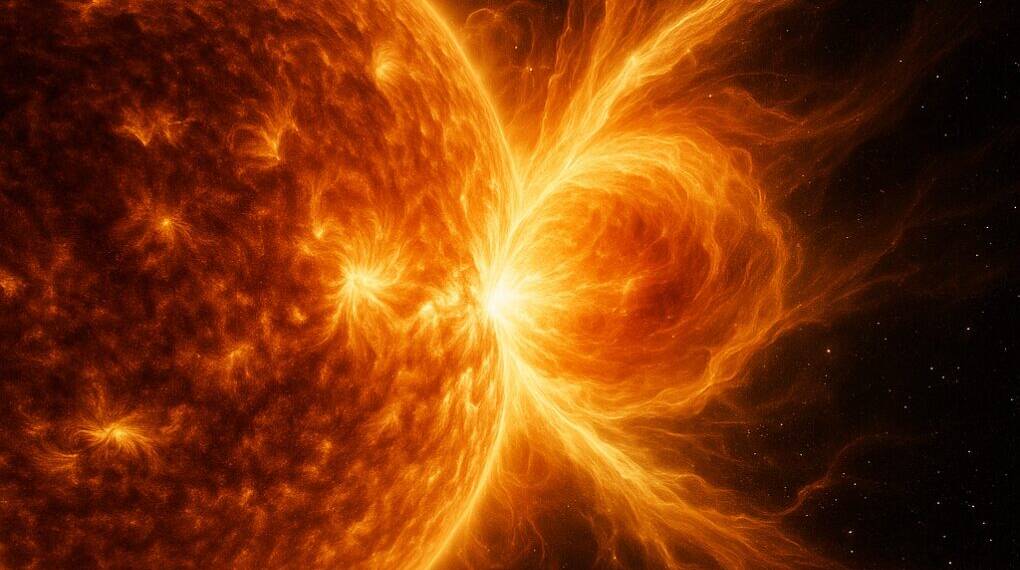Elon Musk, more than 500 Starlink satellites have met a fiery end in Earth’s atmosphere — and scientists say the culprit is not a design flaw or system failure, but the Sun itself.
According to a new study led by NASA space physicist Denny Oliveira, a total of 523 Starlink satellites have re-entered and burned up between 2020 and 2024. The analysis links these losses to the intensified solar activity associated with Solar Cycle 25, currently at its peak.
Solar Maximum Hits Low Earth Orbit
Solar Cycle 25, part of the Sun’s natural 11-year activity rhythm, is now in its most volatile phase — known as the solar maximum. During this period, the Sun produces a higher number of sunspots, solar flares, and coronal mass ejections (CMEs) that can wreak havoc on satellites orbiting Earth.
“The current solar cycle has already had a significant impact on Starlink reentries,” Oliveira and his team wrote. Their findings show that increased solar radiation is heating the Earth’s upper atmosphere, expanding it, and creating more drag on satellites in low Earth orbit (LEO), causing them to lose altitude and re-enter prematurely.
A Record Year of Losses
The single most damaging event occurred in 2024, when a powerful solar storm struck Earth shortly after a Starlink launch, causing 42 satellites to fall out of orbit almost immediately.
In January 2025 alone, astronomers tracked more than 120 Starlink re-entries, each one producing a bright fireball in the sky as the satellite burned up upon atmospheric contact.
While these events are visually stunning, they come with environmental concerns. The disintegration of satellites releases metal particles and vapors into the atmosphere, the long-term effects of which are still not well understood.
A Cautionary Tale for the Space Industry
SpaceX’s Starlink project has revolutionized global internet access, with thousands of satellites launched in rapid succession since 2019. But the losses tied to solar activity reveal the vulnerabilities of even the most advanced satellite constellations.
As solar activity continues to rise, experts are urging satellite operators to improve space weather forecasting, adjust orbital planning, and design spacecraft more resilient to atmospheric drag.
What was once a race to space now requires a deeper understanding of the space environment itself — and a renewed respect for the Sun’s powerful influence on our technological world.







